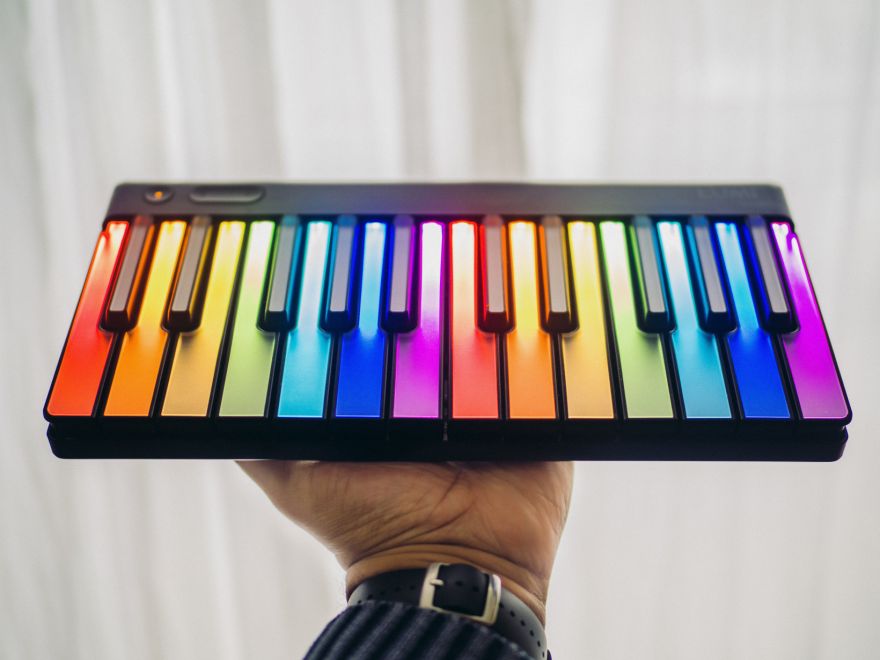
Roli Lumi review: A joyful way to learn the piano — and so much more
Learning to play the piano can sometimes feel impossible, taking hours of practice and consistent dedication — especially without a teacher to guide you. Roli, the company whose original claim to fame was an expressive digital ‘Seaboard‘ that allows for multiple degrees of expression, thinks its Lumi Keys can help. A small modular digital piano with light-up keys, the $299 Lumi promises to be one of the most intuitive ways of getting started playing the keyboard.
It all starts with those pretty colors. The Lumi is far from the first digital piano to use lights to guide players to their next notes, but I’ve never seen a treatment quite so colorful.
More importantly, these colors are more than just a gimmick.
I’ve got to take a moment to just admire the hardware here. The rainbow keys could’ve easily looked chintzy, but the colors are bright and vibrant and evenly distributed throughout the keys in a way that is mesmerizing. The keys are smaller than a standard piano’s — Roli claims they are a better fit for the average hand. While I can’t verify that, I didn’t find it an issue regularly switching between the Lumi and my full-size weighted keyboard.
I like how the keys feel to play too, though Roli is a little misleading when they say the keys have 92% of the plunge depth of a grand piano. This is because the keys work in a two-step process: there’s an initial portion of shallow travel, followed by a stiffer portion that registers aftertouch. The net effect is to give the keys shallower travel than you might expect.
On the other hand, I appreciate that Roli took the care to make the keys playable throughout the entire key length. Many keyboards are hard to play towards the tippy top of the keys, but the Lumi remains comfortable when playing those tricky passages.
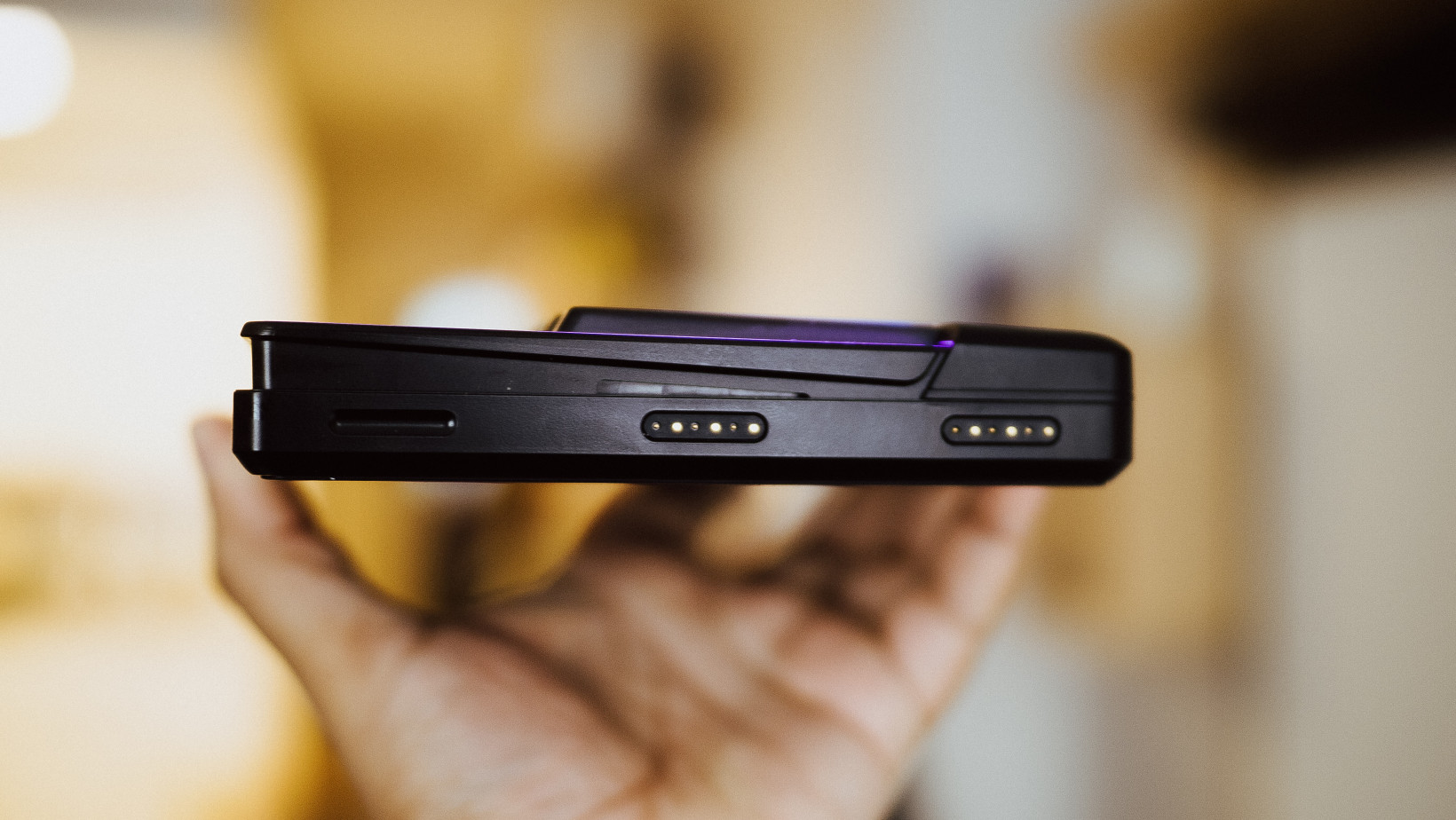
Point is; I think the skills you learn with the Lumi should be fully translatable to other keyboards. It’s not a full-size weighted piano, but I don’t imagine most people considering a Lumi are also planning to play Liszt at the Philharmonic anytime soon.
Besides, the Lumi can do some stuff a regular piano — or even the vast majority of digital keyboards — can’t. Aside form the Lumi’s modular design and fancy colors, the keys also support polyphonic aftertouch.
A typical digital keyboard just records the velocity with which you hit the notes. More advanced models can also detect the pressure you place on the keys after initial contact, and some others detect the speed with which you release the keys.
The Lumi takes things a step further by allowing you to actually shift individual keys slightly side to side — kind of like vibrato on a stringed instrument — in order to bend pitches. This allows for a degree of expression that’s not really possible with most other digital keyboards, especially if you’re trying to replicate non-keyboard instruments. I mean, just check this out:
The Roli Seaboard could do this too, but I find it a lot more intuitive on the Lumi given its more traditional form factor. And all these parameters are ridiculously customizable in Roli’s Studio Player and Dashboard apps.
But what really intrigued me about the Lumi was its promise as a device for learning some basic piano skills. The key to this is the accompanying mobile app.
It’s the sleekest integration of hardware and software for learning the piano I’ve seen to date. While there are myriad apps that try to teach you the piano with Synthesia-style cascading notes, Roli’s hardware integration and cleverly designed lessons make it more useful than many I’ve tried.
The app, available on iOS and Android, has a fairly simple interface that essentially offers three types of experiences: songs, lessons, and exercises. By default, the Lumi comes with 40 songs (mostly public domain stuff), 60 lessons, and 72 exercises.
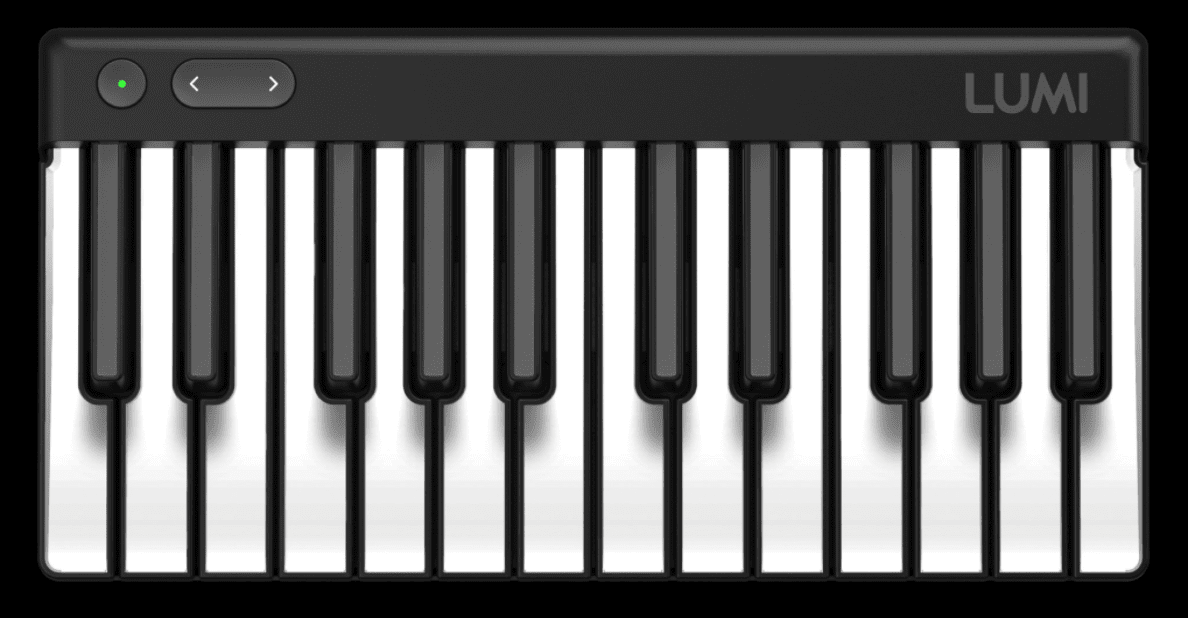
You’ll have to pony up $9.99 a month (or $79 a year) to access Lumi Complete, with hundreds more bits of content, including more contemporary music.
Lumi’s lessons start from absolute basics; you learn to simply play keys to a basic rhythm before any note names are introduced, for example. As you progress, the lessons ramp up smoothly in difficulty, as you’d hope.
But what makes it so much more intuitive than similar apps is that the hardware responds to what’s on-screen. As your instructors play notes, for example, the instrument lights up in sync, allowing you to quickly follow instructions and build muscle memory.
Mercifully, as you progress to playing pieces, you don’t have to follow the cascading note view either. You can switch to a horizontal cascade set on a musical staff, or my personal favorite, a ‘colornote’ mode that looks like regular notation, except with colors that match the keys. Lastly, there’s good old black and white staff notation for the purists and more advanced players.
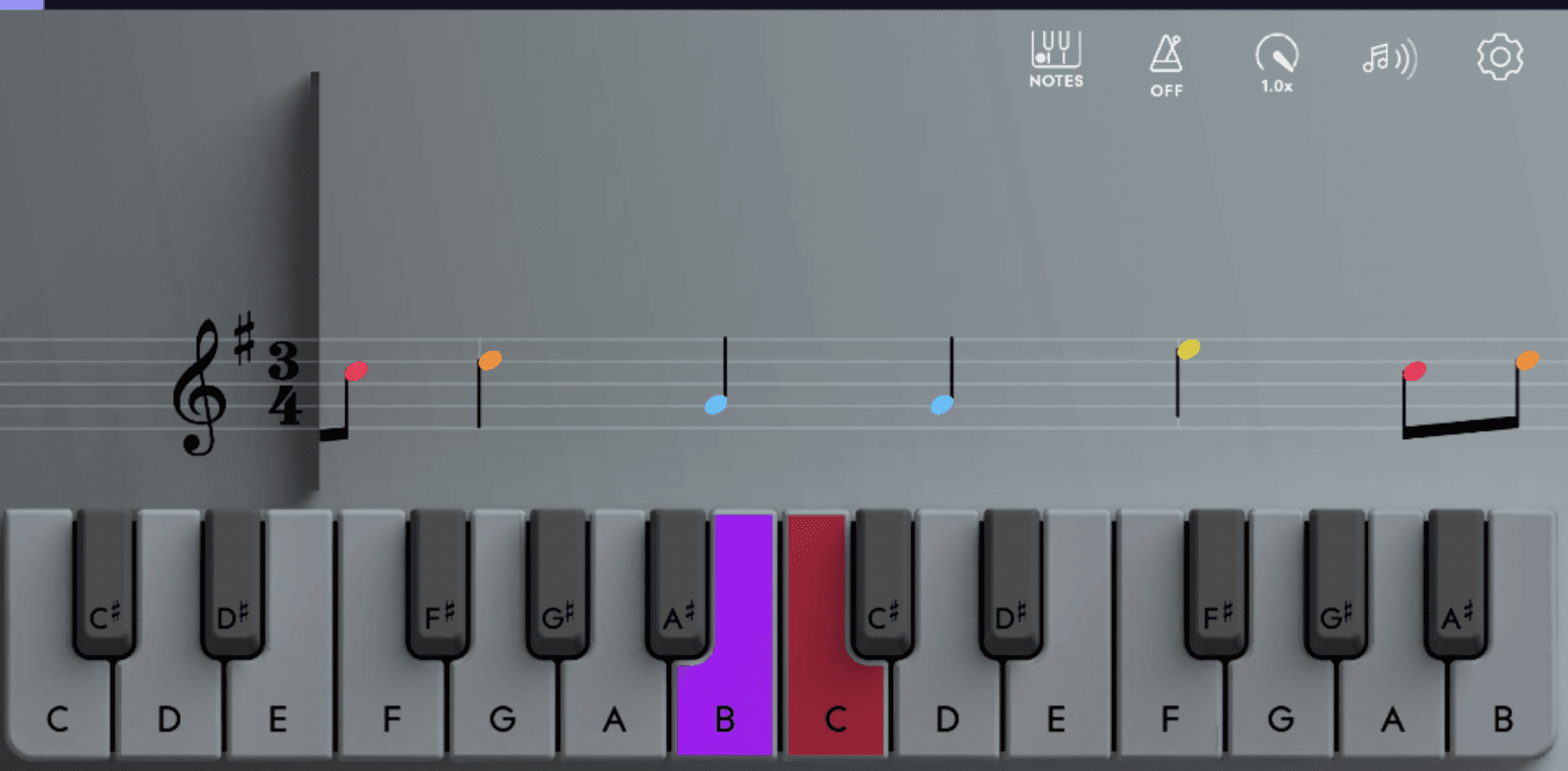
As you practice, keys light up ahead of time, allowing you to anticipate where to move your fingers. Here the rainbow colors are more than a gimmick; in my experience, they make it significantly more intuitive to associate the notes on-screen with specific keys. I can read sheet music, but not very quickly; using the colornote mode I found I could learn a complicated piece faster than I could in regular notation mode.
Similarly, exercises allow you to practice all sorts of chords and scales, and the hardware integration again shines: when practicing scales, you not only see the note you’re supposed to play next, but all the notes in the scale.
It definitely isn’t a perfect experience though. By far my biggest problem with the Lumi Keys — at least if used as a learning device as opposed to a super cool MIDI controller— is that it is just too small. Even if it has to be.
Roli makes a huge deal out of the Lumi’s learning aspect, and it does an impressive job within its hardware limitations, but I feel like two octaves (24 notes) simply isn’t enough for much of what you might want to play after a few months of learning, let alone if you came into the purchase with a bit of piano experience already. Coordinating my left and right hands has always been the biggest barrier to my own piano playing, and you don’t get to practice that as much with the Lumi.
I get that the Lumi needs to be small for Roli’s modular Blocks system, but unless you’re only getting the Lumi for its tech wizardry and/or already have another keyboard, you should really be planning to get two Lumis.
There are some other caveats:
- The Android app, which is what I used for most of my testing, sometimes had some weird visual glitches on my Pixel 5.
- For something with such a heavy emphasis on piano-style playing — and considering you only have access to a piano sound in the Lumi app — the included piano samples are really rather weaksauce. A good piano sample or model can make a big difference between me wanting to keep practicing or calling it a day.
- There’s no easy way to add a sustain pedal, another essential piano skill that makes practicing more enjoyable too.
- Listening over Bluetooth introduces some latency, which can vary from headphone to headphone, and gets annoying real fast. Using wired headphones provides a much more seamless experience, but since few phones (or iPads) have those these days, I wish the Lumi had its own headphone jack and built-in sounds for latency reduction.
For those reasons, I think the Lumi works best as a supplement to a ‘proper’ piano, digital or not. While I have my full-size keyboard for everything I might want to play ‘seriously,’ I found myself using the Lumi Keys to practice scales and chords around the house, while watching TV or in between writing articles for work. Finding time to practice the basics can sometimes be difficult, and the Lumi allowed me to do that anywhere.
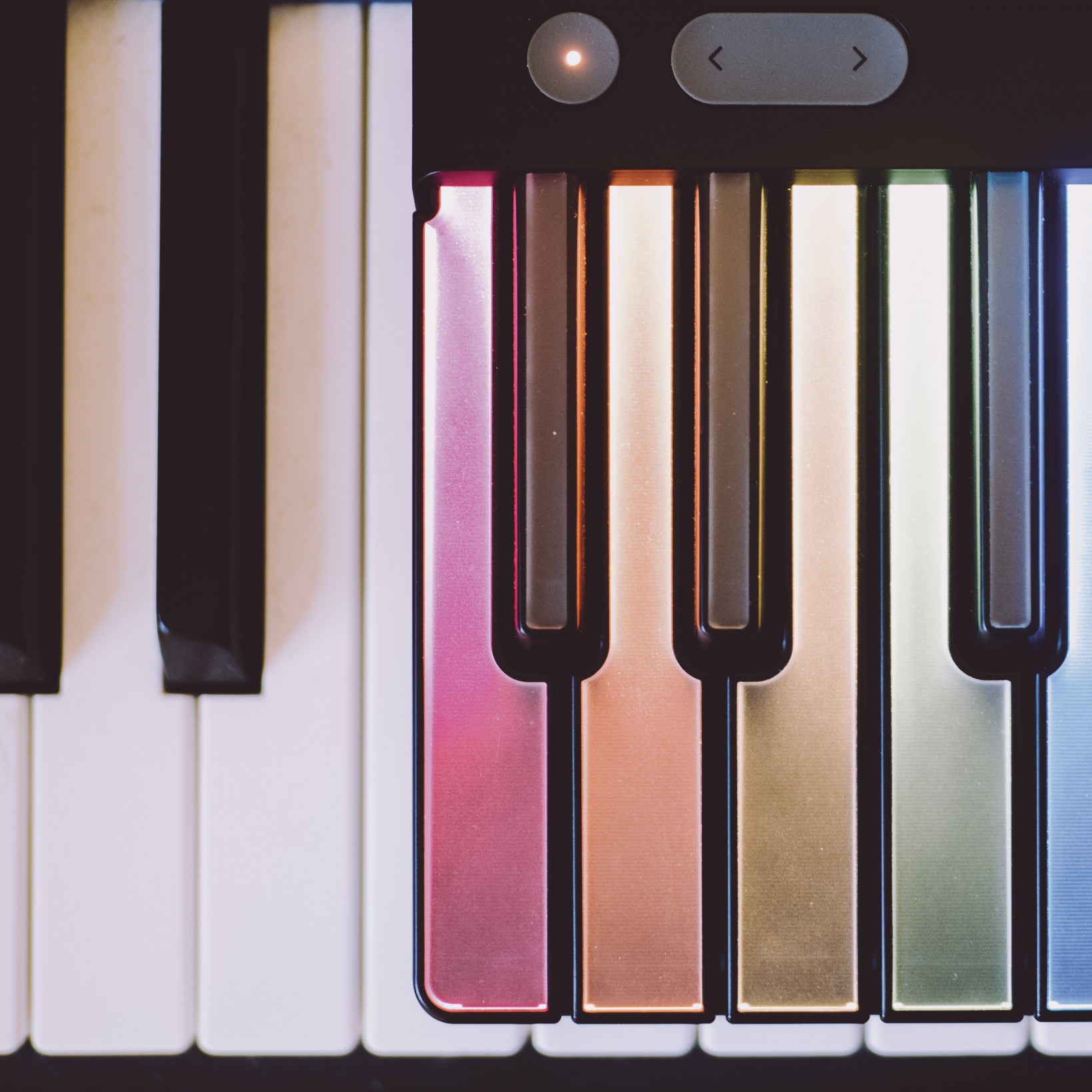
Despite the limitations inherent to its size and a few other quirks, I love this little light-up piano. It offers one of the tightest integrations of hardware and software I’ve seen on a musical device, and despite having tested it for several months, I feel like I only scratched the surface of what it can do.
While not quite as groundbreaking as Roli’s Seaboards, the Lumi offers much of the same innovation in a prettier, more accessible package. And though I’d be a little wary of using a single Lumi as your only introduction to the keyboard or piano, the sheer flexibility it provides justifies the $300 price tag to me. Sure you could get some entry-level keyboards with many more keys for that price, but nothing nearly as fun or versatile. The Lumi won’t replace digital pianos any time soon, but there’s also nothing else like it out there.
Now if Roli would only make an 88-key Lumi…
Did you know we have a newsletter all about consumer tech? It’s called Plugged In – and you can subscribe to it right here.